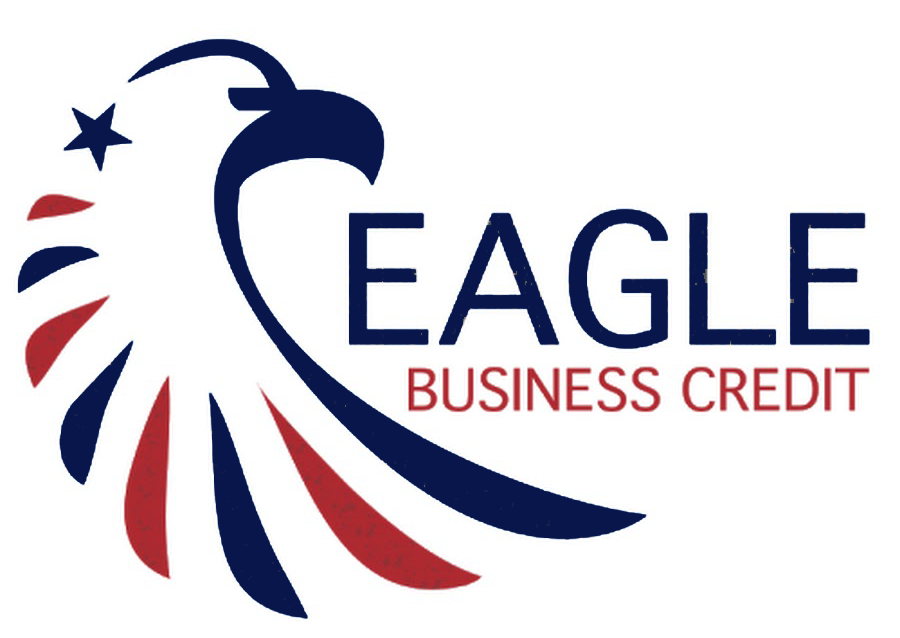In small business financing, the influence of interest rates is a critical factor shaping various funding options. It is important to understand specifically how interest rates impact small business financing options. There is typically a straightforward connection between interest rates and the cost of small business financing, but some financing options that do not require repayments can be excluded from this. While interest rates typically affect everyone, there can be some insulation from the impact of interest rate hikes depending on how a small business owner chooses to fund their growth.
Interest Rates and the Cost of Business Loans
Interest rates are a crucial factor to determining the cost of a small business loan. Business owners should carefully evaluate the interest rates offered by lenders and consider their ability to meet the higher repayments when choosing a business loan.
Here is how interest rates impact small business loan repayments:
- Principal Amount: The principal amount is the initial sum borrowed by the business. This amount is separate from the interest and represents the actual loan amount.
- Interest Rate: The interest rate is a percentage of the principal that the borrower pays to the lender for borrowing money. A higher interest rate means a larger percentage of the principal must be paid back in addition to the original loan amount.
- Total Repayment: The total repayment on a small business loan is the sum of the principal amount and the interest charged over the loan term.
Here is an example of a small business loan of $100,000 with a 5% interest rate over a period of one year:
- Principal Amount: $100,000
- Interest (5% of $100,000): $5,000
- Total Repayment: $100,000 (Principal) + $5,000 (Interest) = $105,000
If the interest rate was 8%, the interest amount would increase:
- Principal Amount: $100,000
- Interest (8% of $100,000): $8,000
- Total Repayment: $100,000 (Principal) + $8,000 (Interest) = $108,000
Interest Rates and the Cost of a Business Line of Credit
A small business line of credit is a form of financing that allows a business to draw funds as needed, up to a credit limit. The interest on the outstanding balance can rely on the interest rate the Federal Reserve sets. This means that small businesses that draw on a line of credit could be directly impacted by interest rate hikes.
Here is how interest rates impact business line of credit repayments:
- Credit Limit: The credit limit is the maximum amount of funds that a business can borrow through the line of credit. This limit is determined by the lender based on the business’s creditworthiness and financial stability.
- Draws and Repayments: A business can draw funds from the line of credit as needed, up to the established credit limit. The business is only charged interest on the amount actually borrowed, not the entire credit limit.
- Interest Rate: The interest rate is the cost of borrowing and is applied to the outstanding balance on the line of credit. The interest rate can be variable or fixed, depending on the terms of the agreement.
- Total Repayment: The total repayment on a business line of credit is the sum of the principal (the borrowed amount) and the interest charged on that amount.
For example, if a business has a line of credit with a $50,000 limit and a 6% interest rate and borrows $20,000, the breakdown might look like this:
- Principal (Borrowed Amount): $20,000
- Interest (6% of $20,000): $1,200
- Total Repayment: $20,000 (Principal) + $1,200 (Interest) = $21,200
If the interest rate were 8%, the interest amount would increase:
- Principal (Borrowed Amount): $20,000
- Interest (8% of $20,000): $1,600
- Total Repayment: $20,000 (Principal) + $1,600 (Interest) = $21,600
Interest Rates and the Cost of Invoice Factoring
With invoice factoring, a business sells its accounts receivable or invoices to a factoring company at a discounted rate in exchange for immediate cash. The factoring company provides an upfront advance, usually a percentage of the total invoice value (known as the advance rate), and retains a factor fee, which is the cost of the service.
The cost of invoice factoring primarily includes:
- Factor Fee (Discount Rate): This is a percentage of the invoice amount that the factoring company retains as its fee. It’s typically a one-time charge and is agreed upon in the factoring agreement. For example, if the factor fee is 3%, the factoring company retains 3% of the total invoice value.
- Advance Rate: The percentage of the invoice amount that the factoring company advances to the business upfront. For example, if the advance rate is 95%, the factoring company provides an upfront payment of 95% of the total invoice value.
- Reserve Amount (if applicable): Some factoring agreements involve holding a reserve, which is a portion of the invoice amount retained by the factoring company until the customer pays in full. This reserve is later released to the business, and it is not a direct cost but affects the timing of funds received.
Interest rates typically do not have a direct impact on the cost of invoice factoring for small businesses in the same way they would for traditional loans. Invoice factoring operates on a different principle than loans and does not involve interest rates in the same manner. While interest rates on loans may be influenced by broader economic factors, invoice factoring is more closely tied to the creditworthiness of a business’s customers and the risk associated with the specific invoices being factored. Small businesses may find invoice factoring attractive because it provides quick access to cash without incurring traditional loan interest.
Here is an example of a small business factoring a $100,000 invoice at a factor fee (or discount rate) of 3% and a 95% advance rate:
- Advance Amount (95% of $100,000): $95,000
- Factor Fee (3% of $100,000): $3,000
- Total Amount Received by Business: $95,000 (Advance) – $3,000 (Factor Fee) + $2,000 (After Your Customer Pays the Invoice) = $97,000
For this example, the small business would receive an upfront advance of $95,000 when they sell their $100,000 invoice to the factoring company. The factoring company would retain a factor fee of $3,000. Or 3% of the invoice amount. After the customer pays the invoice amount to the factoring company, the factor would release $2,000 or the rest of the funding (less the factoring fee) to the small business. Therefore, the total amount received by the business after factoring is $97,000.
Interest Rates and Small Business Funding Methods
It’s important to note that these are all simplified examples, and small businesses should also consider any additional fees, terms, and potential hidden charges associated with their financing agreement when evaluating the overall cost and feasibility of different financing options. Be sure to read financing proposals carefully and check the small print. Small business owners do not want to be surprised by hidden fees and lack of transparency when looking for a working capital funding partner.
Interest Rates and Eagle Business Credit
When looking for a factoring company, consider their customer reviews, your ability to talk to a decision maker at the factoring company, and whether your industry has special challenges that a factoring company should be aware of. Eagle Business Credit specializes in funding staffing, janitorial, and transportation businesses. Any business that sells B2B can be eligible for our business funding, and you can rest assured you will be able to talk to decision makers when you call. We pride ourselves on our customer service, transparency, and growth-enabling funding.
Small Business Financing Options and Interest Rates
In short, a higher interest rate leads to a higher total repayment amount for debt-based funding. This is an essential factor for businesses to consider when taking out a loan or drawing on a line of credit, as it directly affects the cost of financing and can impact the overall financial health of the business. With factoring, however, small business funding does not require repayments and is not directly impacted by interest rate hikes. Every business is different, and there is no one-size-fits-all approach to business financing. Whichever financing option you choose for your small business, be sure to consider your unique needs and how different financing methods can fit into your larger growth plan.

